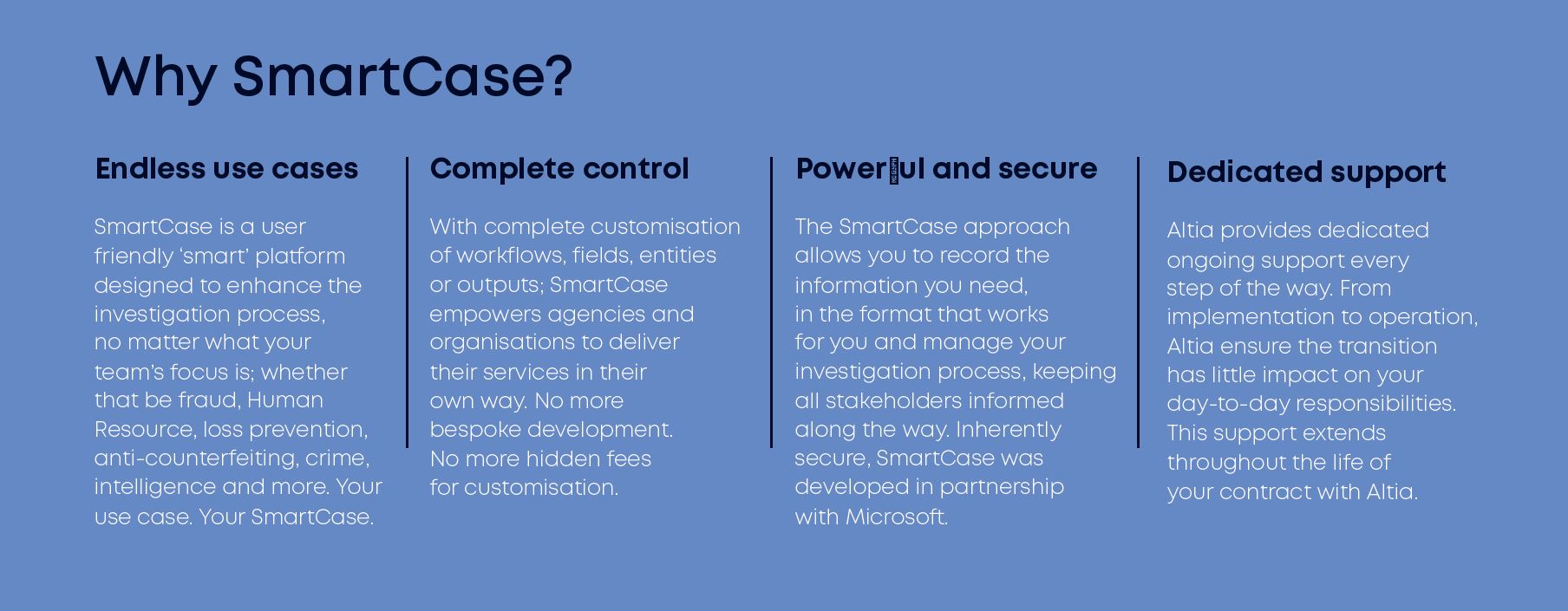Getting the right IT system can be crucial, and can provide a host of benefits – increased efficiency, productivity, contingency and auditability to name a few. But how do you get the right system? There are many factors to take into account, including requirements specialist requirements, and sometimes no commercial off the shelf (COTS) system seems to meet them all – at least not at an affordable price.
At this stage, building an in-house system can seem like the only way to get what you need with an attractive price tag. Whilst this approach can work well for some organisations, it can be littered with unforeseen pitfalls for others.
So what needs to be taken into account and what can the hidden downsides be?

Building a system internally will be much cheaper
The cost of procuring a system from an external supplier is always an important consideration, especially in challenging economic times such as those we’re experiencing now. So it may be appealing to use your own resources to build a system rather than paying somebody else to do it.
In reality, there is an often unseen cost associated with creating a system in-house, in terms of staff hours spent building, configuring and training on the system, licensing costs which aren’t immediately visible (they might be extra licences for a system already used by the organisation), hosting and storage of data.
Using an in-house solution will be more secure than using an external one
Data security can be a concern which drives agencies towards building their own systems. The big question is, can a third party be trusted with our sensitive data?
In reality, outside providers have teams of people dedicated to ensuring the security of customer data, and, having experience of working with many agencies with the same concerns, don’t need to spend the same time an agency would assessing all the areas of consideration and concern – they’ve already done it, and made sure there are protections in place.
An in-house system will meet requirements exactly
Whilst this may be the case at the time the system is built, things change over time – not just requirements, but legislation and technology as well. Systems built in-house may have the ability to be changed, but often the people that know how to do it have moved on by the time the need arises. Without the ability to have updates made, an in-house system quickly becomes legacy.
External suppliers will be able to respond to changes and provide updates and will publish roadmaps of planned developments, so you know whether your requirements will be catered to without you even having to ask.
It will be quicker and easier to get support internally
Any system requires support, whether it’s technical or usability. Whilst COTS providers will have dedicated support teams for their products, an organisation that has built their own system is unlikely to have the same resource for users, meaning problems might not be resolved as quickly, or in the worst case scenario, at all. COTS providers are experts in what they do – delivering well-built systems that meet needs, providing training and ongoing support, upgrades and fixes (often before a user even knows they’re required), comfort around data security, and all at an affordable cost, even more so when all the above is taken into account.
A bespoke system can cost a huge amount – hundreds of millions of pounds in some cases – but the technology available today means that it really doesn’t need to.



